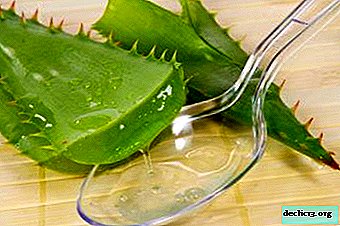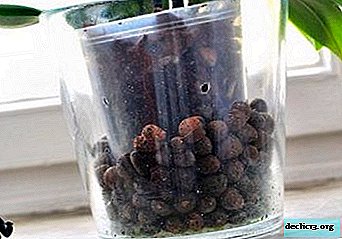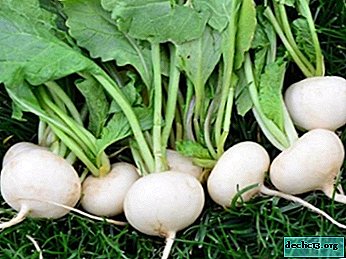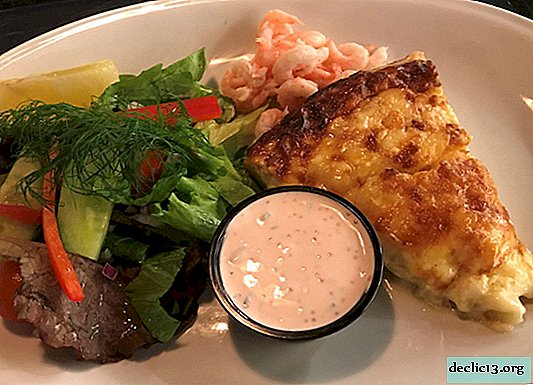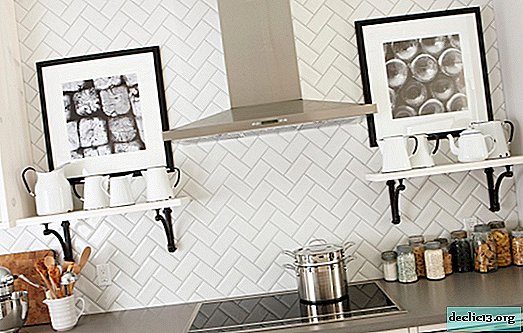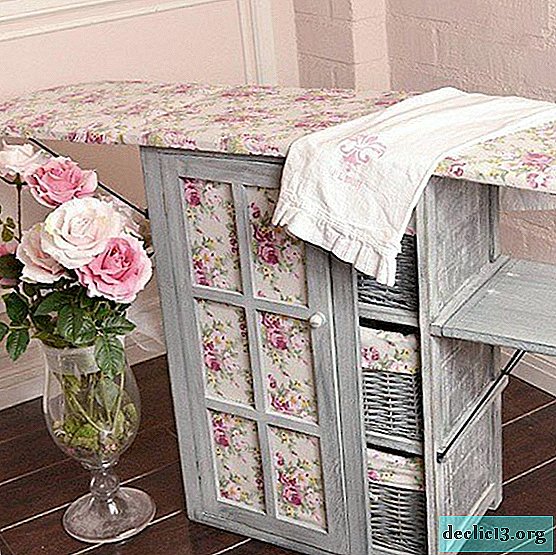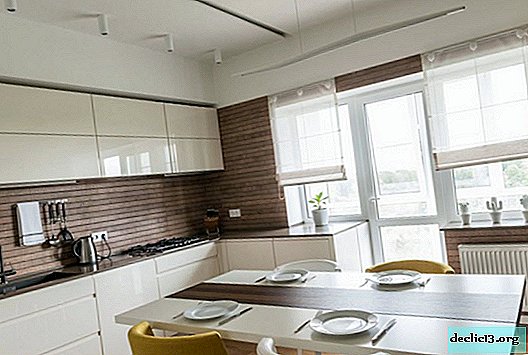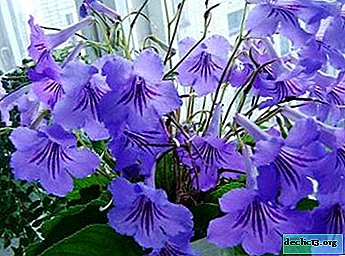Royal Pelargonium houseplant: tips for growing at home and a flower photo
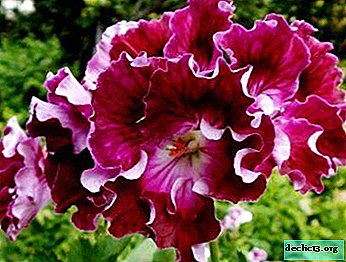 Royal pelargonium, unlike ordinary geraniums, is a beautiful plant. The flower is a wide bush without peduncles stretched up, located on the same level with the shoots. Large flowers appear on it (d = 10-15 cm), which are like Pansies. The similarities are due to the fact that there are dark spots on the upper larger petals. When a plant blooms, it is studded with buds that open quickly, revealing bright flowers to the delight of casual viewers and gardeners. Read about this flower in the article.
Royal pelargonium, unlike ordinary geraniums, is a beautiful plant. The flower is a wide bush without peduncles stretched up, located on the same level with the shoots. Large flowers appear on it (d = 10-15 cm), which are like Pansies. The similarities are due to the fact that there are dark spots on the upper larger petals. When a plant blooms, it is studded with buds that open quickly, revealing bright flowers to the delight of casual viewers and gardeners. Read about this flower in the article.
Botanical description, history of the name, price
Botanists introduced the name "geranium" as soon as they took up the classification of all plants growing on Earth. First, they identified one family - the Geraniums. They included flowers in which the fruit looked like a bird's beak. He was reckoned heat-loving and winter-hardy plants, which was fundamentally wrong. Only later did the botanists correct their mistake by dividing the winter-hardy and thermophilic flowers into the genera Pelargonium and Geranium.
Many flower growers confuse pelargonium with geraniums, but if you look closely, you can identify differences in appearance. Geraniums have a flower of regular shape. It can be any color except scarlet. This beauty was brought to Russia from Europe, where she hibernates in the open air today, as the climate is milder there. Pelargonium is completely different: the flowers are irregular in shape, the color of their petals is any, except blue. She is a native of South Africa, and therefore should not be left to winter the plant in the harsh climate of northern Russia.
 Pelargonium is a representative of the Geranium family, which includes 5 genera (Pelargonium, Geranium, Sarcocaulon, Erodium, Monsonia). There are more than two hundred varieties in the genus, which are divided into six groups. One of the groups is English large-flowered or royal pelargoniums.
Pelargonium is a representative of the Geranium family, which includes 5 genera (Pelargonium, Geranium, Sarcocaulon, Erodium, Monsonia). There are more than two hundred varieties in the genus, which are divided into six groups. One of the groups is English large-flowered or royal pelargoniums.
Royal Pelargonium was first described by Liberty Hyde Bailey in 1901. He also revealed numerous varieties of this group, which were formed due to interspecific crosses. The man also found out that this plant grows in England, the Netherlands, Germany and France. In the 70s. The 20th century was also called Regal Pelargoniums, and then - at the beginning of the 19th century, they introduced the name everyone knows today - Roval Pelargoniums.
These indoor plants in a flower shop cost from 150 rubles.
Description of appearance and features
The royal pelargonium has a special appearance. She is "aristocratic." It is not surprising that not all gardeners have the patience to look after her, observing all the rules. In another way, they call it "home", "royal" or "large-flowered." Thinking about her appearance in the house, they figure out for themselves the following:
- Short flowering.
- The slightest mistake in leaving is fraught with the lack of buds on the plant.
- If kept outdoors without following simple rules, it may die.
- Difficult reproduction.
Flowers are an indisputable advantage of a beautiful plant. They are the same in structure as the flowers of Pansies. The upper ones hide the lower ones under them, forming something like a “fan”. They can be terry, simple, and the corrugated or wavy edge adorns the petals. As a rule, the upper petals are brighter than the lower ones.
If you organize the proper care of the plant, the diameter of the flower can be 50-70 mm. If pruning is correct, then a "motley pillow" will form during flowering. Simple varieties look stunning, but it is a pity that this beauty is observed only 3-4 months a year.
ATTENTION: The flower is compact - up to 50 cm. It grows equally well in a small box, container on the balcony and even in a hanging planter. The main thing is that the vessel into which it will be planted is cramped. The closer the capacity, the more flowering will be.You can find out about the features of the royal pelargonium, the rules for caring for it, and also see the photo of the varieties here.
Common species
There are a lot of varieties of royal pelargonium. Breeders are discovering more and more, amazed at the shape, size and color of the petals of beginners. For example, in the pelargonium Pink Mikado, the petals are soft pink with barely noticeable dark spots. There is also a variety Aristo Schoko, which has pale red flowers with brown spots. Black Pelargoniums are beautiful - Black Berry, and unusual - Imperial white-pink flowers and variegated Barkarole.
Photo
The following are photos of the flower.




Growing at home
If you organize the correct and timely care for the royal geranium in the first year of life, the bush will turn out to be strong, and the flowers on it will be unusually lush and bright. Those who will sit and wait for the result without doing anything are unlikely to wait for it. From the first day after the purchase, they begin to look after him.
Having bought a plant in a store, it is advisable to transplant it immediately after bringing it home. It is transplanted into a ceramic pot, which better maintains the temperature of the earthen coma and ensures uniform distribution of air masses. Before the transplant, a hole is made at the bottom. After this, they begin to form the soil. Expanded clay is poured on them (another drainage is also suitable), and sod, rich in organic substances, is placed on top of it (so that new leaves quickly appear on the plant, it is important to add 1 tbsp. Fertilizer based on nitrogen to the pot).
IMPORTANT: After transplanting, do not put a flower pot on the window. 2 weeks keep it in a shaded place, watering twice a day. The frequency of transplantation is once every three years. You can not transplant the plant at all, remembering that it is difficult to tolerate this procedure and is sick for a long time after it.How to feed flowers?
- Spring Summer: Mineral fertilizers containing phosphorus and potassium are applied once a week.
- Autumn winter: fertilizers rich in nitrogen and organic matter with the same frequency.
Pinching is a must. The first time they do it when the stems are stretched to 15 cm. All the tops are shortened by two centimeters. The second time they do it when the shoots on the sides grow to 5 cm. The tops are again cut by 10 mm. As a result, by the end of the first year, the bush will acquire a spherical shape, and in the second it will be strewn with flowers.
Lighting and location
 The main thing is to choose a good place where to put the pot. He has no place in the draft, on the windowsill, which is exposed to direct sunlight and where it is very hot in winter, when the radiators will operate at full capacity.
The main thing is to choose a good place where to put the pot. He has no place in the draft, on the windowsill, which is exposed to direct sunlight and where it is very hot in winter, when the radiators will operate at full capacity.
Royal Pelargonium does not tolerate heat and lack of watering. The best place for the pot is the east / north window, where there are no heating appliances. It is advisable not to open it in winter so that the flower does not get sick. The desired temperature: spring-summer - up to + 25⁰С, winter-autumn - more than + 20⁰С.
Soil requirements
In order for the royal pelargonium to please the flowering, it is important to initially choose the right soil for planting / transplanting. The earthen lump must be loose so that the air seeps well into the interior and at the same time retains moisture. Ideal soil mixture: garden soil, sand, peat (1: 1: 1). The drainage layer must be powerful so that there is no stagnation of moisture.
How to care?
To ensure that the royal pelargonium does not disappear after the purchase, it is important to follow simple rules for leaving:
- Providing a normal temperature for growth: in the summer months it should not exceed 25 ° C, and in winter it should be more than 20 ° C.
- An abundance of light will not hurt, but direct sunlight should be avoided.
- Abundant but timely watering so that the topsoil dries out.
- If you transplant the culture, then only in the spring.
- Humidity is not a hindrance to growth.
- The best way to propagate is cuttings.
About why the royal pelargonium does not have flowers and what care should be for abundant flowering, read in our material.
Common Diseases and Pests
If you do not care for the royal geranium, you can not avoid the disease. Most often, its fungal diseases affect it: rust of the roots, their decay or gray rot. You can cure them if you buy fungicides. Experienced breeders know that their appearance is due to stagnation of water in the pot due to the lack of expanded clay. Aphids and ticks are the main pests. They carry viral diseases from plant to plant. Have to buy acaricides and insecticides.
Specialists subdivide all flower problems into four groups:
- with a stalk;
- with flowers;
- in bud;
- with leaves.
Most of them are prevented by reducing watering, adjusting lighting and removing pests.
Propagation Features
The most common way of propagating the royal pelargonium is cuttings. Zonal pelargonium will give roots in an ordinary glass of water, but the "aristocrat" does not. With this approach to reproduction, the stems soften and rot.
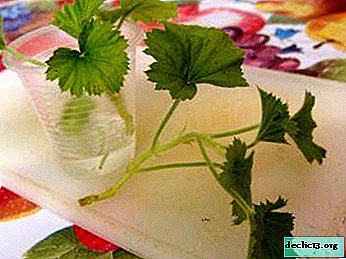 Cuttings are carried out not earlier than the end of August - the beginning of September.
Cuttings are carried out not earlier than the end of August - the beginning of September.- Cut off the tops of the shoots.
- Shorten them to three nodes.
- Weathered for 2-3 hours.
- Sprinkle them with sand, peat-sand mixture.
- Watered with root or heteroauxin.
- Put plates or cassettes with it at partial shade.
As soon as the substrate dries, water it, but in moderation. Moisture should not fall on the stems. If the care of the cuttings is correct, they will be accepted, an increase will appear. With the advent of new leaves, 3-4 pairs are pinched. It remains only to transplant the flower into the planting mixture and look after the rules given above.
Watch the video on the propagation of royal pelargonium by cuttings:
Conclusion
"Aristocrat" is a favorite plant of many flower growers from Russia. She is a real decoration for the windowsill in the winter months and the balcony in the summer. Not many rules will have to be observed when growing it, but flowering will be touching, pleasing and set up for a positive attitude. If there is a lack of friendliness and determination, sociability and good nature, a sense of humor and openness, you need to buy a pot of royal pelargonium.

 Cuttings are carried out not earlier than the end of August - the beginning of September.
Cuttings are carried out not earlier than the end of August - the beginning of September.